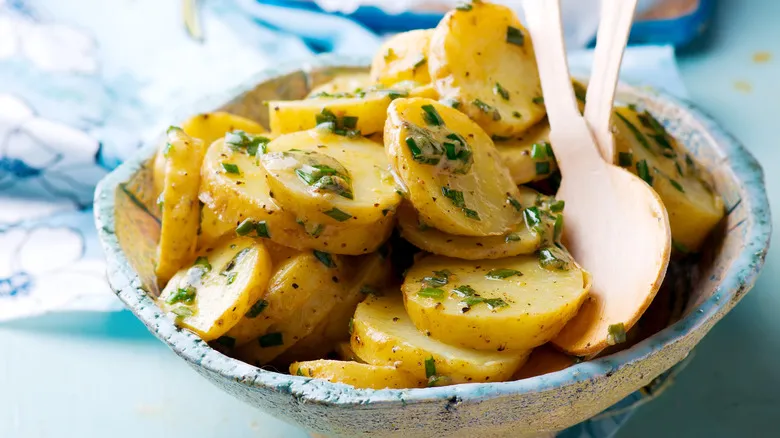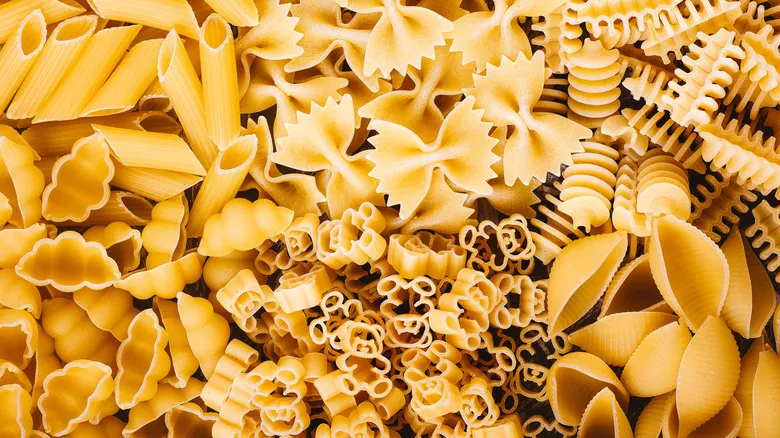The sauces that will maximize your tagliolini's flavor — and why they work

Just as with wine pairing, there is both an art and a science to selecting the right pasta shapes for different sauces. Hearty pasta varieties, such as rigatoni or pappardelle, are robust enough to stand up to rich, meaty sauces like ragù alla Bolognese. In contrast, more delicate shapes like tagliolini can easily break under the weight of such heavy sauces. However, their slender form allows them to seamlessly integrate with the sauce, allowing it to take center stage rather than the pasta itself. Light yet flavorful buttery sauces cling beautifully to tagliolini, allowing any seasonings or unique ingredients to shine in a way that would be lost in a heavier sauce or with thicker pasta.
While it may seem that creating a truly restaurant-quality dish requires a multitude of ingredients, complex seasonings, and elaborate presentation, the finest traditional Italian pasta dishes often thrive on simplicity, which highlights the freshness of the ingredients used. A prime example of this is the classic cacio e pepe, which consists solely of salt, black pepper, pecorino Romano cheese, and butter, paired with a thin, cylindrical pasta that serves as a perfect vessel for a cheesy, spicy, buttery sauce. Sage butter is another excellent option, as the herb introduces an earthy note that balances the sweetness of the dairy, especially when the butter is browned for a nutty, warm flavor that beautifully infuses into tagliolini.
Recommended

The Powerhouse Ingredient That Gives Chicken Soup A Flavorful Boost

What Liquor Does Julia Child Add To Her Flaming Crepes Suzette?

The Easiest Trick For Giving Boring, Old Potato Salad A Makeover

15 Ingredients To Level-Up Your Ice Cream Sandwich Game
Next up

